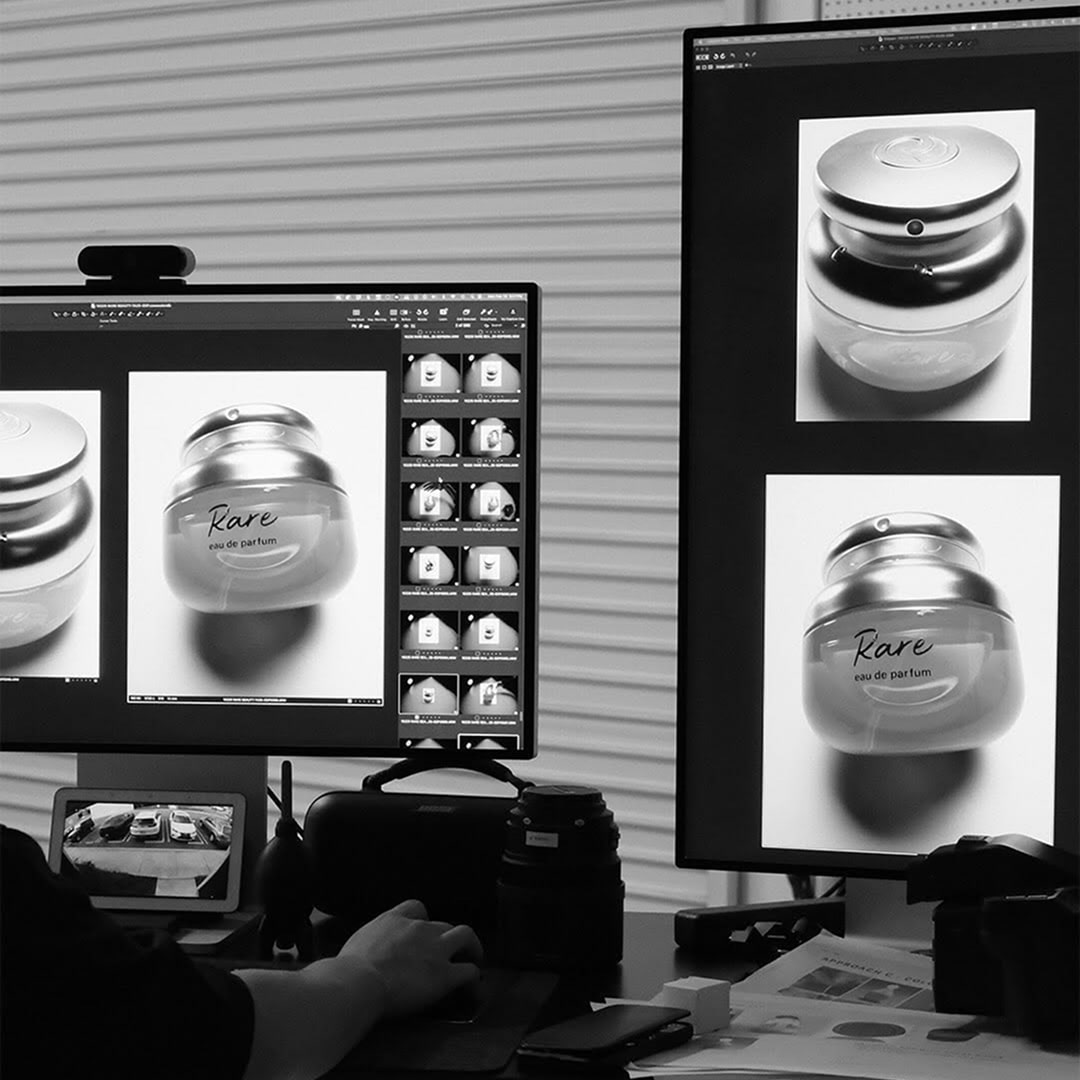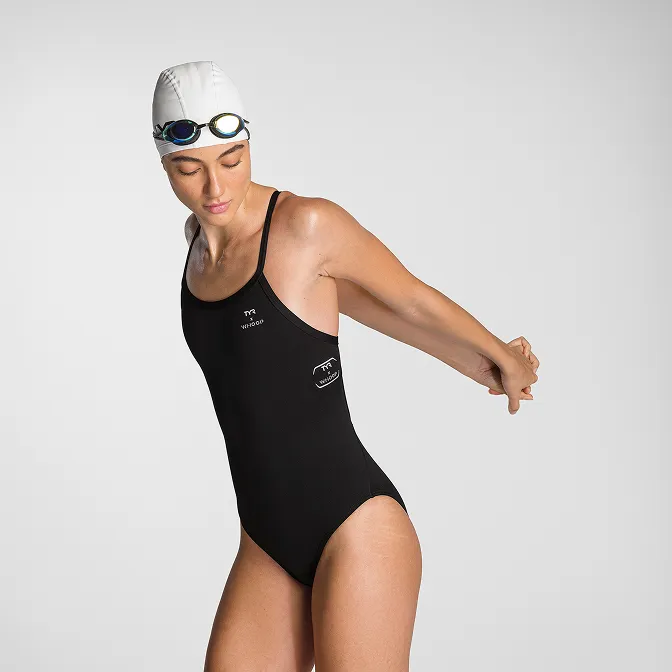Imagine if you could double your online store’s conversions in 2025, simply by transforming your visuals. In a crowded digital marketplace, e-commerce photography isn’t just about snapping pretty pictures — it’s the single most powerful tool to make your products stand out and drive real sales.
This guide is here to walk you through every step of mastering e-com photography for the year ahead. We’ll cover essential gear, studio setup tips, modern shooting techniques, editing tricks, emerging trends, and proven optimization strategies.
Ready to capture attention, inspire desire, and take action? Let’s dive in and elevate your product visuals for the future of e-commerce.
The Critical Role of Photography in E-Commerce Success
Photography is the heartbeat of e-commerce. When shoppers can’t touch or feel products, visuals become the bridge between curiosity and conversion. In the world of e-com photography, the right image can transform browsers into buyers within seconds.
Why Visuals Drive Conversions
Did you know that 93% of consumers consider visual appearance the most important factor in making a purchase? In e-com photography, high-quality images do more than just look good. They build trust, showing your product in its best light and reducing doubts that lead to returns.
- Visual consistency helps customers remember your brand.
- Sharp, detailed product photos reduce uncertainty about product features.
- Clean, professional images make your store feel credible.
When your e-com photography is on point, shoppers are more likely to click "buy" — and less likely to return items.
The Evolution of E-Com Photography Standards
E-commerce visuals have evolved far beyond simple packshots on flat backgrounds. Now, consumers expect immersive experiences, like 360° spins and interactive videos. As mobile commerce grows, optimizing images for small screens is essential.
Platforms demand images that load quickly but remain crisp and detailed. Adhering to up-to-date e-commerce image standards ensures your visuals meet these expectations, improving both sales and engagement.
The bar for e-com photography quality keeps rising, so staying current is key.
Data-Backed Impact on Sales and Engagement
The impact of e-com photography on sales is backed by solid numbers. According to Orbitvu, brands with consistent, high-quality images enjoy better conversion rates.
When your e-com photography aligns with customer expectations, you not only drive engagement but also reduce costly returns.
Common Pitfalls and Missed Opportunities
Even with the best intentions, e-com photography can fall short. Common issues include:
- Inconsistent lighting that makes products look different from shot to shot
- Distracting backgrounds that steal focus from the product
- Lack of detail, leaving customers unsure about what they’re buying
Skipping vital post-production steps leads to unpolished images. Not using automation or templates can slow your workflow and result in missed opportunities for efficiency. Addressing these pitfalls is essential for professional e-com photography results.
The 2025 Challenge: Standing Out in a Visual Economy
E-com photography is entering a new era in 2025. With AI-powered shopping, visual search, and augmented reality, image standards are higher than ever. Accurate, high-quality visuals are no longer optional — they are the ticket to competing in a visual-first marketplace.
To stand out, brands must embrace innovation and make e-com photography a top priority. This is how you’ll capture attention and drive real results in the year ahead.
Building the Ultimate E-Com Photography Setup for 2025
Ready to build an e-com photography setup that turns browsers into buyers? The right equipment and workflow transform product images from average to irresistible. Let’s break down what you need for a future-proof workspace.
Essential Equipment Checklist
Every e-com photography setup starts with the right gear. Today’s options let you achieve pro results on almost any budget. Consider these essentials:
- Camera: Modern DSLRs, mirrorless cameras, and even advanced smartphones deliver sharp, detailed images for e-com photography.
- Lenses: A 50mm lens works for most products, while a macro lens is perfect for fine details. Zoom lenses add flexibility for larger items.
- Tripod: Ensures stability and consistent angles, especially for batch shooting.
Want to dive deeper into optimizing your product shoots? Check out these Best catalogue photoshoot tips for more actionable ideas.
Studio Lighting and Backgrounds
Lighting can make or break e-com photography. You’ll choose between continuous lighting, which gives constant illumination for easy adjustments, and strobes, which offer power for crisp, freeze-frame shots.
For backgrounds, matte white sweeps help products pop without distraction. This is especially important for platforms that require clean, uniform images. Always watch for unwanted reflections or harsh shadows, especially on glossy or metallic products. A well-lit, neutral background gives your e-com photography a polished, professional look.
Space Optimization: Home Studio vs. Professional Photo Studio
You don’t need a massive space to get pro results. For most e-com photography, a tabletop setup with a seamless background against a wall does the trick. Even a small room can work with the right layout.
Full-scale photo shoots may need a dedicated studio or rented space. As your brand grows, consider upgrading to a professional studio for more control and efficiency. Start small, but design your space to adapt as your e-com photography needs evolve.
Automation and Workflow Tools
Streamlining your e-com photography process saves hours and boosts consistency. Software-controlled photo systems now automate lighting and camera positioning, enabling consistent results and reusable presets across product lines.
Batch editing, AI-powered background removal, and custom templates speed up post-production. Store your workflow settings for future shoots to keep your brand’s look consistent. Automation helps scale your e-com photography as you add more products and channels.
Step-by-Step Guide: Creating High-Converting Product Images
Ready to give your e-com photography a serious boost in 2025? This section breaks down the entire process into easy, actionable steps. Whether you’re new or a seasoned pro, following these steps will help you create product images that not only look incredible but also convert browsers into buyers.
Step 1: Product Preparation and Styling
Great e-com photography starts before you even pick up the camera. Begin by cleaning every product thoroughly. Remove dust, fingerprints, or packaging marks. For apparel, steam or iron out wrinkles. If your item is jewelry or electronics, use lint-free gloves to avoid smudges.
Next, style your product to highlight its best features. Use props sparingly to add context, but never distract from the hero. If possible, have a stylist or designer help arrange items for maximum appeal. Always double-check color and texture under your studio lights to ensure what you see is what your customers will get.
Want to see how the pros handle this step? Take a look at how professional product photography works for a detailed walkthrough.
Step 2: Setting Up the Scene
The right scene makes all the difference for e-com photography. Start with a clean, matte white background to keep the focus on your product. Place your product at the center, making sure it sits flat and straight.
Set up your lights on either side, angled slightly to minimize harsh shadows and eliminate glare. Use softboxes or diffusers for even, natural-looking illumination. Adjust your white point using a color checker or gray card, so your camera captures true-to-life colors.
If you’re working with reflective or transparent products, position your lights carefully to avoid unwanted reflections. Take a test shot and check for any distractions in the frame before moving on.
Step 3: Camera Settings and Shooting Techniques
Dialing in the right camera settings is crucial for sharp, high-impact e-com photography. Start with manual mode for full control. Set your ISO as low as possible (usually 100 or 200) to avoid grain. Choose an aperture between f/8 and f/16 for maximum depth of field, ensuring the whole product is in focus.
Use a tripod to keep your shots steady and angles consistent. Adjust your shutter speed based on your lighting, but always use a remote trigger or timer to avoid camera shake. Capture multiple angles — front, side, back, and close-ups — to provide a complete view for your online shoppers.
Experiment with different compositions and zoom levels. Remember, consistency across your product catalog builds trust and strengthens your brand’s visual identity.
Step 4: Capturing 360° Spins and Video Content
Interactive elements like 360° spins and videos are game changers for e-com photography. For spins, use a motorized turntable. Place your product in the center, set your camera on a tripod, and take sequential shots as the turntable rotates. Most modern software stitches these images together for a seamless spin.
To create product videos, record short clips showing the product in use or highlighting key features. Keep the background and lighting consistent with your images. Videos can be simple — just a slow pan or rotation — but they add a dynamic edge that customers love.
If you’re working with large items, automated systems can create spins and videos in just a few minutes, helping you scale up content production efficiently.
Step 5: Post-Production and Retouching
Once your shots are captured, it’s time to polish them. Import your images into editing software such as Adobe Photoshop or Lightroom. Use non-destructive editing techniques like adjustment layers for brightness, contrast, and color correction. Sharpen details, but avoid overdoing it.

Batch processing is your friend for e-com photography. Create custom actions or presets to apply the same edits across similar images, ensuring a cohesive look. Pay special attention to product edges and textures—these small touches make your visuals pop.
Finally, check your images on different screens to confirm colors and details look great everywhere.
Step 6: Background Removal and Image Optimization
Clean backgrounds are a must for e-com photography. Use AI tools or manual selection methods to remove distractions and create crisp, white or transparent backgrounds. Feather the edges slightly for a natural transition.
Export your images in web-optimized formats like JPEG, PNG, or WebP. Make sure file sizes are small enough for fast loading, but retain high resolution for zooming. Double-check dimensions and aspect ratios to meet the requirements of your e-commerce platform.
A well-optimized image not only looks great but also improves loading speed and user experience, making it easier for customers to trust and buy your products.
Step 7: Publishing and Multi-Channel Distribution
The final step in e-com photography is getting your images everywhere they need to be. Upload directly to your online store, marketplaces, and print catalogs. Each platform may have its own file size, aspect ratio, or naming requirements, so create templates to speed up the process.
Automate exports whenever possible. Many workflow tools let you set up custom export presets, so you can publish to multiple channels with just a few clicks. Always preview your images on both desktop and mobile to ensure they display perfectly.
Consistent, high-quality visuals across all channels will help your brand stand out and drive more sales.
Advanced Techniques and Trends Shaping E-Com Photography in 2025
Staying ahead in e-com photography requires more than just snapping great product shots. The landscape is shifting rapidly, and new techniques are emerging to help brands stand out. Let’s explore the advanced methods and trends that will define high-performing visuals in 2025.
AI and Automation in Product Photography
AI is transforming e-com photography from start to finish. Automated background removal tools now make tedious retouching a breeze, freeing up time for creative work. AI-driven auto-retouching can enhance images, correct lighting, and even fix small flaws instantly.
Modern studios are integrating software and hardware for seamless workflows. For example, some systems let you store lighting setups and camera angles, ensuring every product looks consistent.
Interactive and Immersive Content
Static images are no longer enough for e-com photography. Shoppers crave interaction, so brands are now using 360° spins, 3D models, and AR-ready assets. These interactive visuals let buyers explore products from every angle, building confidence in their purchase.
Video content is also gaining ground, helping to tell richer product stories. Embracing immersive content in your e-com photography strategy can set your brand apart and drive real results.
Consistency and Brand Storytelling
Consistency is a non-negotiable in e-com photography. Using templates and style guides ensures every image aligns with your brand’s visual identity. This approach builds trust and makes your store instantly recognizable.
Many brands rely on automated systems that store templates for quick, repeatable shoots. With consistent e-com photography, you can create a cohesive image library that tells your brand’s story and supports all your marketing channels. Strong visual storytelling keeps shoppers engaged and coming back for more.
Mobile-First and Platform Optimization
Mobile shopping continues to rise, making optimization a must for e-commerce photography. Images should load quickly and look sharp on small screens. This means using the right file formats, compressing images, and choosing aspect ratios that fit mobile layouts.
E-commerce photography must also meet the requirements of major platforms like Amazon, Shopify, and Instagram. Responsive design is key. Crop and size images to ensure products look their best everywhere. Prioritizing mobile-first visuals will help capture more sales as browsing habits evolve.
Sustainability and Ethical Considerations
As consumers become more conscious, sustainability is influencing e-com photography. Studios are adopting eco-friendly practices like reusable backdrops and energy-efficient lighting. Ethical considerations matter too, such as minimal retouching and honest product representation.
Accessibility is gaining attention. Adding alt-text and creating inclusive visuals ensures everyone can engage with your products. By weaving sustainability and ethics into your e-com photography, you’ll build trust and appeal to a broader audience.
Future-Proofing Your Visual Content
E-com photography is evolving fast, so future-proofing your visuals is essential. Prepare for emerging formats like AR, VR, and visual search by investing in flexible workflows and training. AI tools will continue to shape how images are created and optimized, so stay updated on the latest tech.
Building scalable systems lets you handle rapid product launches or seasonal spikes with ease. As AI-powered photo editing adoption increased by 53% between 2021 and 2024, it’s clear that ongoing investment in technology and skills is vital for e-com photography success in 2025 and beyond.
Troubleshooting and Optimization: Maximizing ROI from Your Product Photography
Optimizing your e-com photography is about more than just snapping a great shot. It’s an ongoing process of troubleshooting common issues, streamlining your workflow, maintaining quality, and measuring the impact on your bottom line. Let’s dive into how you can maximize ROI from your product visuals in 2025.
Common E-Com Photography Challenges
Every e-com photography project comes with its own set of hurdles. Reflections on glossy products, glare from improper lighting, and color shifts due to poor white balance can all sabotage your images.
Trouble maintaining proportions or dealing with distortion? Try using a tripod and shooting with a longer lens to keep lines straight. For color accuracy, always calibrate your monitor before editing. If backgrounds seem inconsistent, stick to matte white sweeps and diffuse your lighting for even results.
Addressing these challenges early ensures your e-com photography builds trust and reduces costly returns.
Speed, Efficiency, and Automation
Speed is vital in e-com photography, especially when launching new products or updating catalogs. Streamline your workflow by setting up automation tools, such as batch editing actions or AI-powered background removal.
Use software that allows you to save and reuse workflow settings for different product lines. Automating exports for various platforms can save hours each week. For rapid turnaround, consider solutions that integrate hardware and software for express publishing.
Efficiency in e-com photography means you can scale up without sacrificing quality, making your process future-ready.
Quality Control and Consistency Checks
Consistency is the secret weapon of successful e-com photography. Start each shoot with a checklist: lighting setup, camera settings, and product placement. Use software to compare new shots against brand guidelines, ensuring every image meets your standards.
Review images on different devices and backgrounds to catch any missed details. Remember that visual appearance is a key factor in buying decisions, so your visuals must be flawless.
Regular quality checks help your e-com photography stand out and keep customers coming back.
Measuring Impact: Analytics and A/B Testing
How do you know your e-com photography is working? Track conversion rates, bounce rates, and time-on-page for product listings. Run A/B tests by swapping out different image styles or backgrounds to see what resonates best.
Leverage analytics tools to dig deeper into user engagement. Did a new hero shot increase sales? Are returns dropping after a photo refresh? Use this data to refine your approach.
Measuring the impact of your e-com photography ensures every image is driving ROI and supporting your business goals.
Scaling and Outsourcing Considerations
As your store grows, you’ll need to decide when to scale in-house or outsource your e-com photography. Evaluate service providers for quality, reliability, and turnaround times. For seasonal spikes, outsourcing can help you meet demand without extra overhead.
With the e-commerce product photography market projected to reach $275.4 million by 2030, investing in the right strategy now can set you up for long-term success.
Now that you know what goes into high-converting e-commerce photography for 2025, it’s time to put all those insights into action. If you’re ready to upgrade your store’s visuals and want to make sure experts handle every detail, you don’t have to do it alone. The Squareshot team specializes in delivering on-brand product images with quick turnarounds and tailored solutions.
Whether you’re launching a new line or refreshing your catalog, let’s make your products stand out together.

Product A
SQUARE SHOT





























